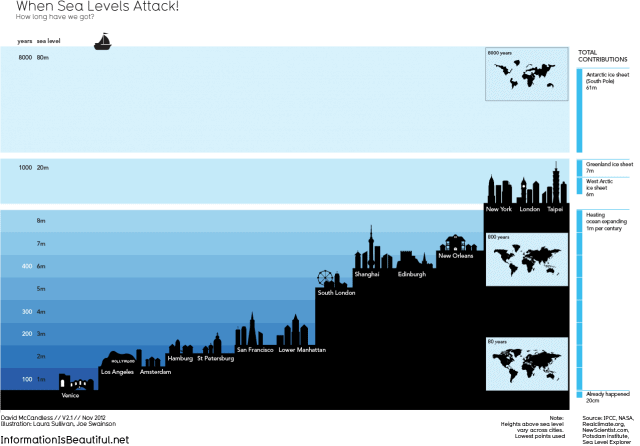What to do if you found a baby raccoon
After birth, baby raccoons are not old enough to go out foraging with their mother. At this stage, she needs food to help produce milk for her young. After 12 weeks, the babies are old enough to roam around. They will be entirely independent after 8 to 12 months.
What do baby raccoons eat?
For the first six weeks, baby raccoons are completely dependent on their mother’s milk and protection. They will learn what to eat learning from their mother. They will be introduced to nuts, berries, insects, fish, and frogs.
What to do when you find an abandoned baby raccoon
The first thing you need to do is check its wellbeing.
Check if:
• The baby is lethargic or cold
• Is it bleeding or injured?
• Is the head tilted?
• Is the baby patchy or matted?
• Did you find the dead mother?
What to do if you found an abandoned baby raccoon
Place the baby raccoon in a small, quiet, dark, cardboard box. Put a t-shirt or towel for warmth. Don’t feed the raccoon. Call a wildlife rehabilitator immediately.
Reuniting baby raccoon and mother
Put the cardboard box where you found the raccoon. Leave it for a full night ensuring its warm. If the mom fails to return, the baby is probably orphaned. Raccoons rarely leave their young. At this point consult a wildlife rehabilitator.







